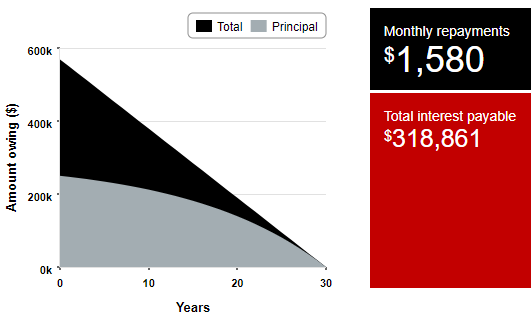This is silly, but certainly amusing! The Hemline Index is a theory purporting that skirt lengths and the economy coincide. The shorter the hemline, the stronger the economy; the longer the hemline, the weaker the economy. Check this out…
Hemlines hiked up in the Roaring 20s with hiking stock prices, then fell to the floor during the Depression. In the 40s and 50s they were a practical, to the knee and below-the-knee length. The 60s brought accelerated economic growth along with miniskirts and the 70s, a period known for high oil prices and inflation, brought long skirts. The 80s saw prosperity along with power suits and skirts, until 1987, when hemlines lengthened again. And when the economy started picking up in the late 90s, shorter, retro-style skirts picked up as well. So here we are in 2008 and it looks that longer, bohemian-style skirts are now coming back. Not quite a reliable or valid theory, but it’s interesting enough!



I finally decided to write a comment on your blog. I just wanted to say good job. I really enjoy reading your posts.
Hah! That’s really surprising! I would think that if the economy is tight, higher hemlines would be in style because the long skirts require more fabric, higher cost, etc. Interesting.
@Elena: When has fashion been plainly about the amount of material? The key is at “In the 40s and 50s they were a *practical*, to the knee and below-the-knee length”. Hard times call for practical solutions, whereas good times leave you space to think about showing off that sun tan you got while on vacations (and the budget to go on vacations, of course).
Hi Irene,
That’s quiet interesting. But only hystory.
You can not forecast the market by hemline theory.
Can we create hystory by shortening hemline or vice versa?
Thanks a lot
Sulaiman